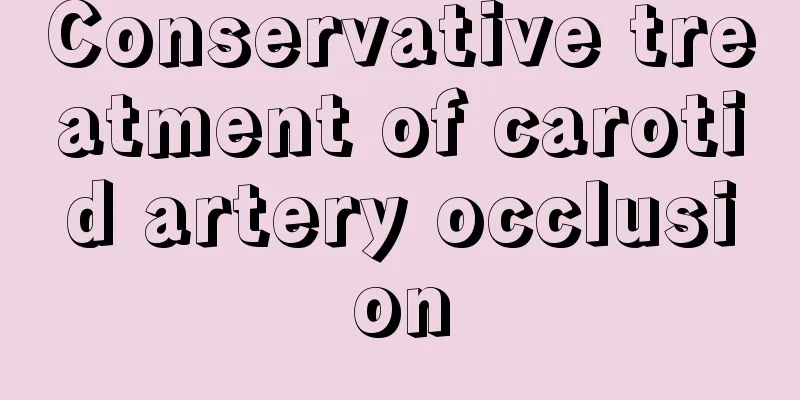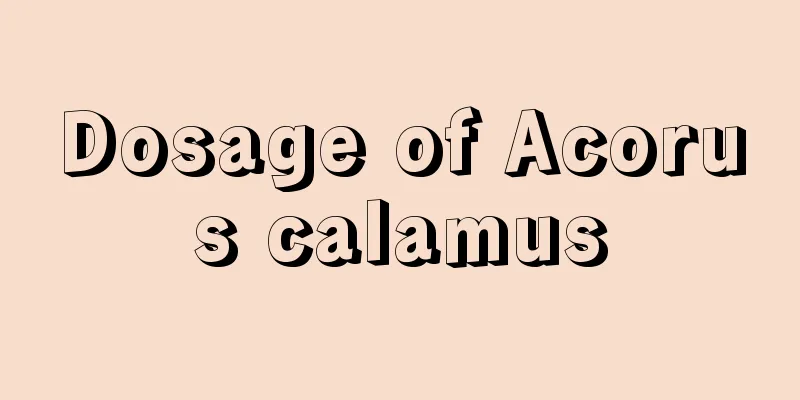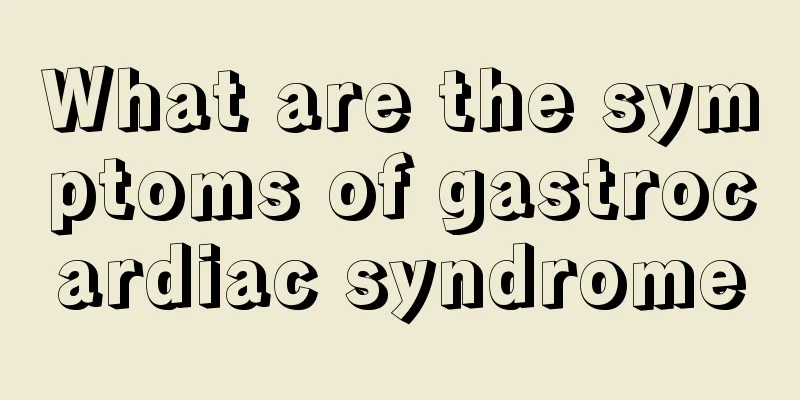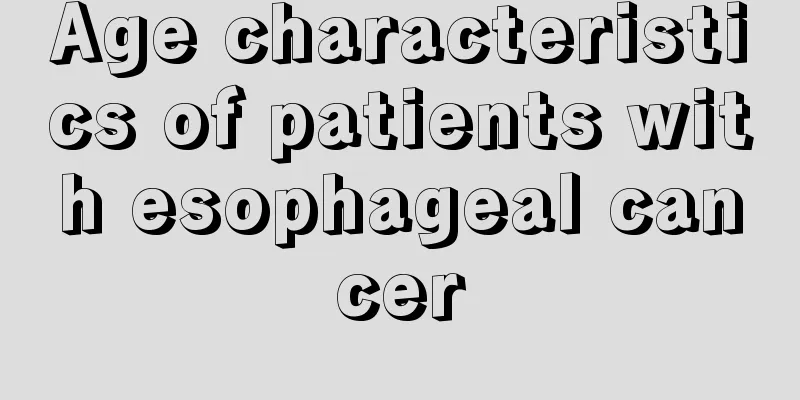Conservative treatment of carotid artery occlusion

|
Carotid artery occlusion is a relatively common neck problem and a disease that has a great impact on human health. If it is not treated in time, it may even cause people's heads to be unable to turn freely and threaten their lives. There are many treatments for carotid artery occlusion, such as intra-arterial thrombolysis, brain protection therapy, anticoagulation therapy, fibrinolytic therapy, antiplatelet therapy, etc. 1. Arterial thrombolysis therapy As an emergency treatment for stroke, superselective interventional arterial thrombolysis can be performed under direct DSA visualization. Urokinase arterial thrombolysis combined with low-dose heparin intravenous infusion may be beneficial for patients with stroke in the middle cerebral artery distribution area who have symptoms for 3-6 hours. 2. Brain protection therapy A variety of brain protective agents have been suggested for use. When taken before the initiation of the ischemic cascade, they can reduce ischemic brain damage by reducing brain metabolism and intervening in the cytotoxic mechanism induced by ischemia. Including free radical scavengers (superoxide dismutase, barbiturates, vitamin E and vitamin C, 21-aminosteroids, etc.), as well as opioid receptor blockers naloxone, voltage-gated calcium channel blockers, excitatory amino acid receptor blockers and metronidazole ions. Currently, early (<2h) application of head or whole-body hypothermia treatment is recommended. Drugs can include citicoline, the new free radical scavenger edaravone, early (<4h) 10% protein albumin, cyclophosphamide and colchicine combined. However, many brain protective agents are effective in animal experiments, but have poor or ineffective clinical efficacy, and sufficient evidence is still needed. 3. Anticoagulant therapy It has not been shown to be effective in most cases of complete stroke and does not appear to affect the course of an established stroke. It can be used in a short term to prevent thrombus expansion, progressive stroke, and re-occlusion after thrombolytic therapy. Commonly used drugs include heparin, low molecular weight heparin and warfarin. During treatment, the coagulation time and prothrombin time should be tested, and inhibitors such as vitamin K and protamine sulfate should be available to deal with possible bleeding complications. 4. Fibrosis-reducing treatment It inhibits thrombosis by degrading fibrinogen and enhancing the activity of the fibrinolytic system. The available drugs include batroxobin, defibrase, ancrolein and lumbrokinase. The first dose of batroxobin is 1.BU, followed by 5BU every other day, intravenously for a total of 3-4 times, with good safety. 5. Antiplatelet therapy Large-scale, multicenter randomized controlled clinical trials have shown that the use of aspirin 100-300 mg/d within 48 hours of onset in unselected patients with acute cerebral infarction can reduce mortality and recurrence rates, and its use is recommended. However, thrombolytic or anticoagulant therapy should not be used simultaneously as it may increase the risk of bleeding. Antiplatelet agents such as ticlopidine and clopidogrel can also be used. |
<<: The effect of external application of Glauber's salt
>>: Normal pulse pressure value
Recommend
What are the nutritional value and benefits of corn?
Corn, a staple grain, has existed in our lives fo...
What are the benefits of steamed eggs with apples
Steamed eggs with apples can also soften blood ve...
Can I eat flavored soup if I have constipation?
Many people add some flavor enhancers into the so...
What to do if the eardrum is perforated? It can be repaired and treated
The eardrum, as the sound transmission organ of o...
The best treatment for hemifacial spasm
The word spasm may be a little unfamiliar to many...
When should I pay attention to stitches after wisdom teeth extraction
Wisdom teeth will only grow out after people are ...
MRI for prostate cancer
Magnetic resonance imaging for prostate cancer? I...
Is Yunnan Baiyao effective in treating urticaria?
Yunnan Baiyao is a very well-known medicine, whic...
How to distinguish male and female zebrafish
With the improvement of living standards and the ...
What is the correct way to smoke a cigar?
Cigars are a common type of cigarette in real lif...
Is nasopharyngeal cancer contagious? What should I do?
For the treatment of nasopharyngeal cancer, measu...
What are the early symptoms of ovarian cancer? There are 4 early symptoms of ovarian cancer
Because the early symptoms of ovarian cancer are ...
How to remove mildew spots on clothes
Many people find many black spots on their clothe...
How to care for patients with lymphoma
Good care for lymphoma can effectively prolong th...
Causes of fatty liver caused by obesity
Obesity and fatty liver can cause serious harm to...









